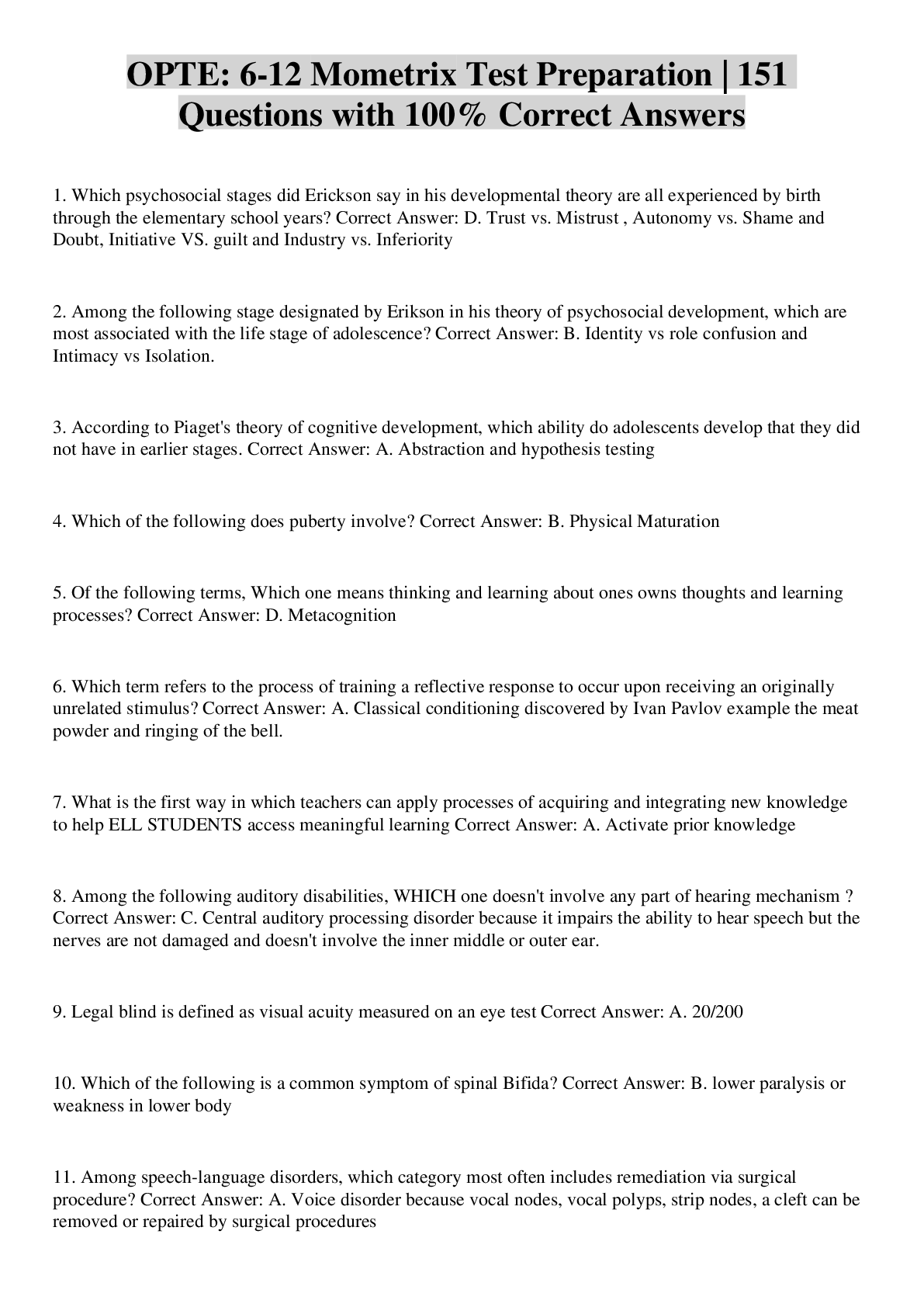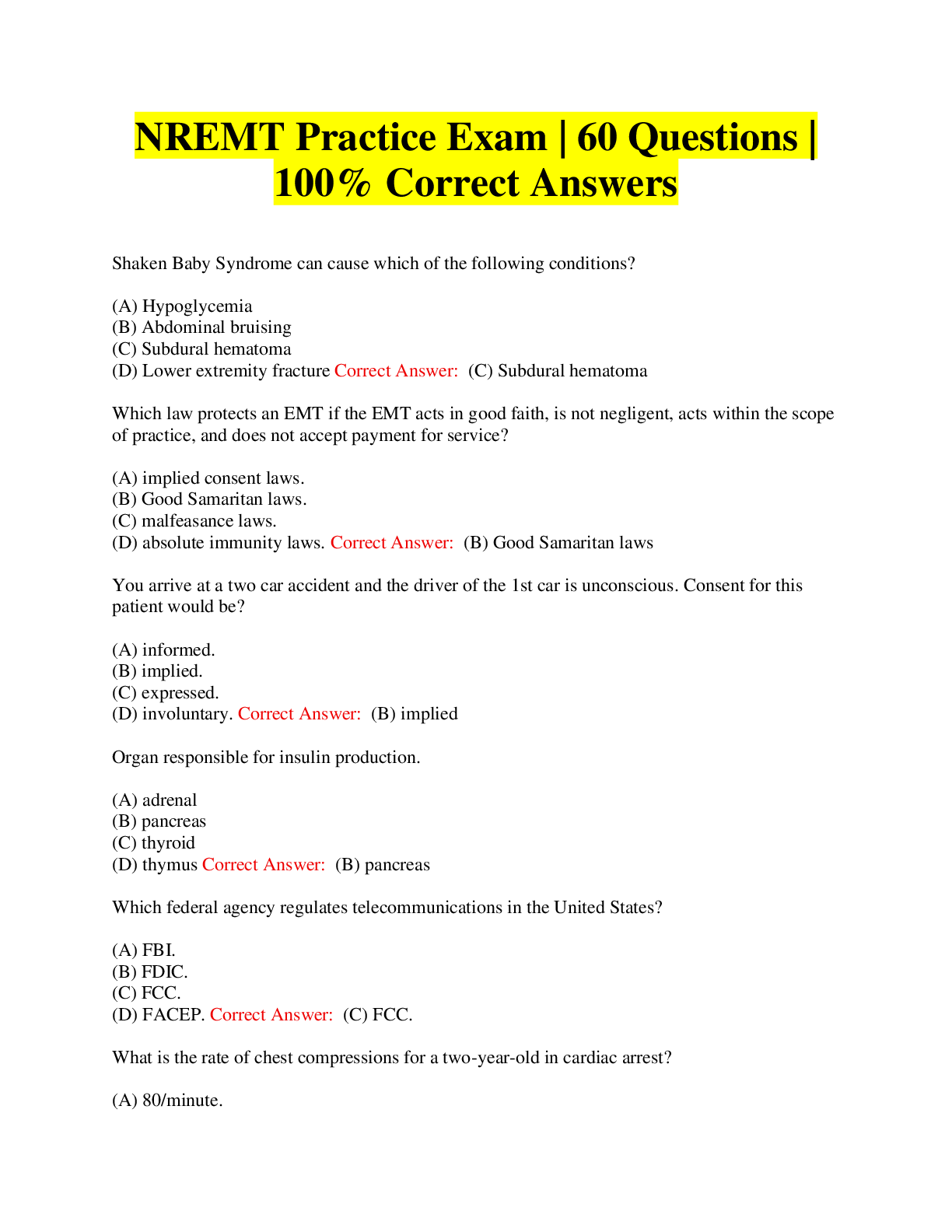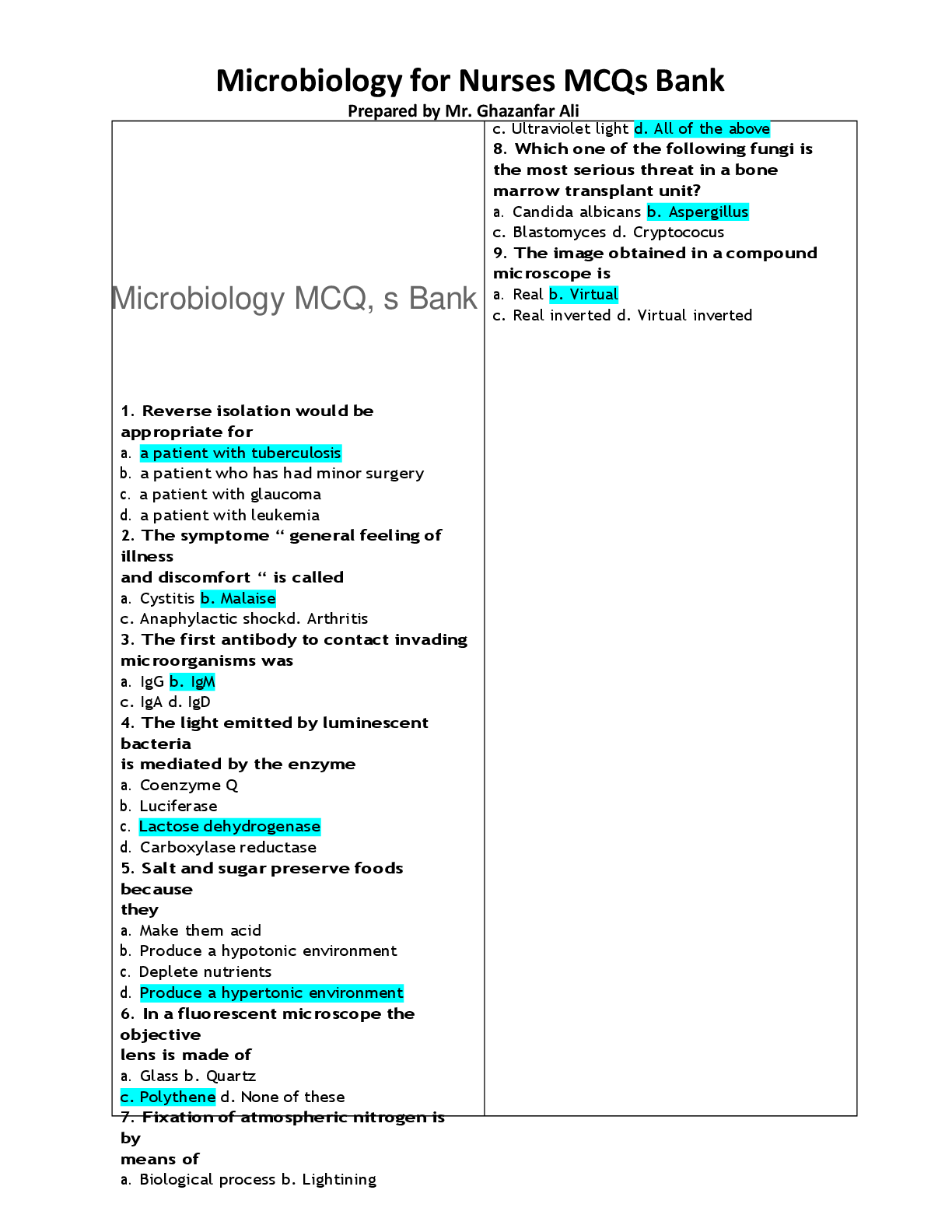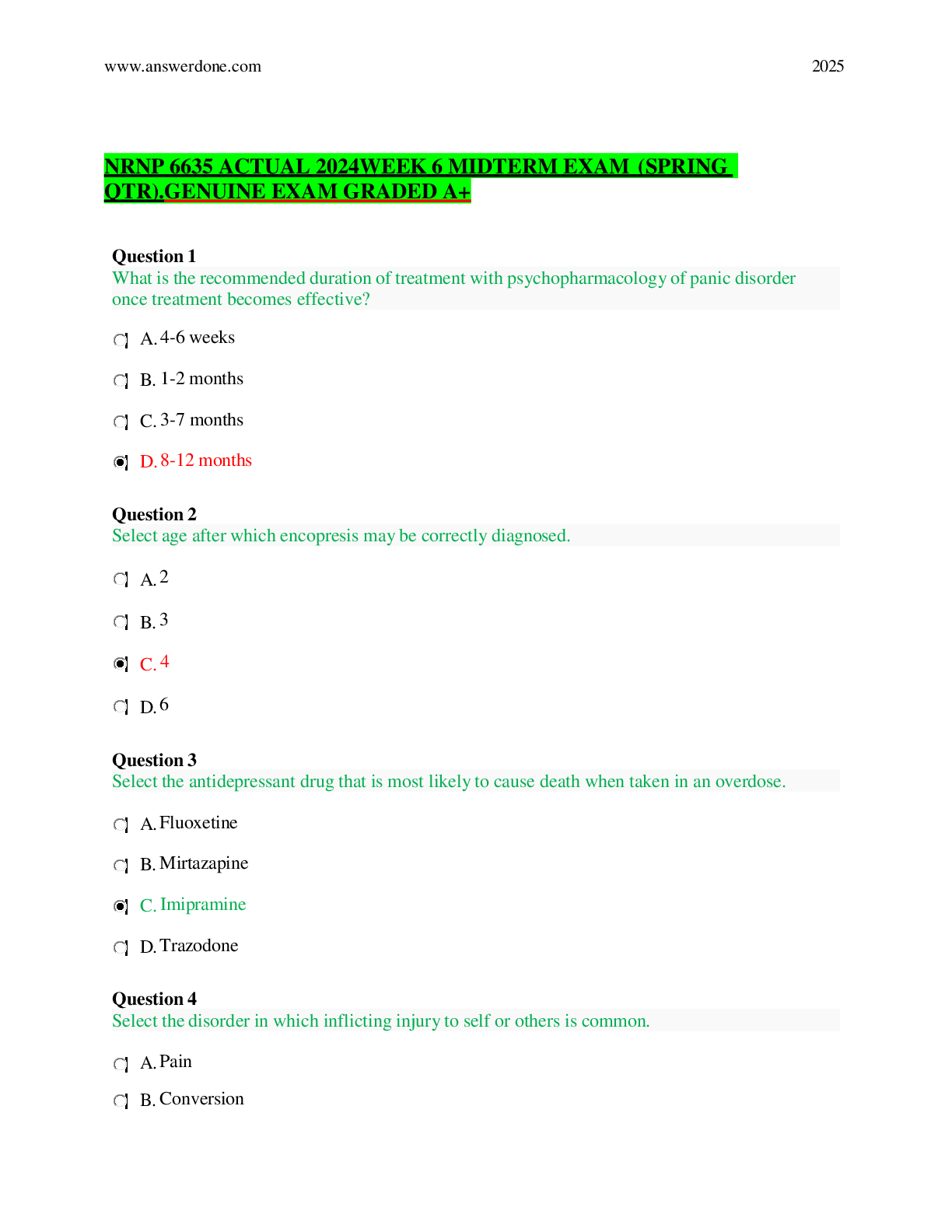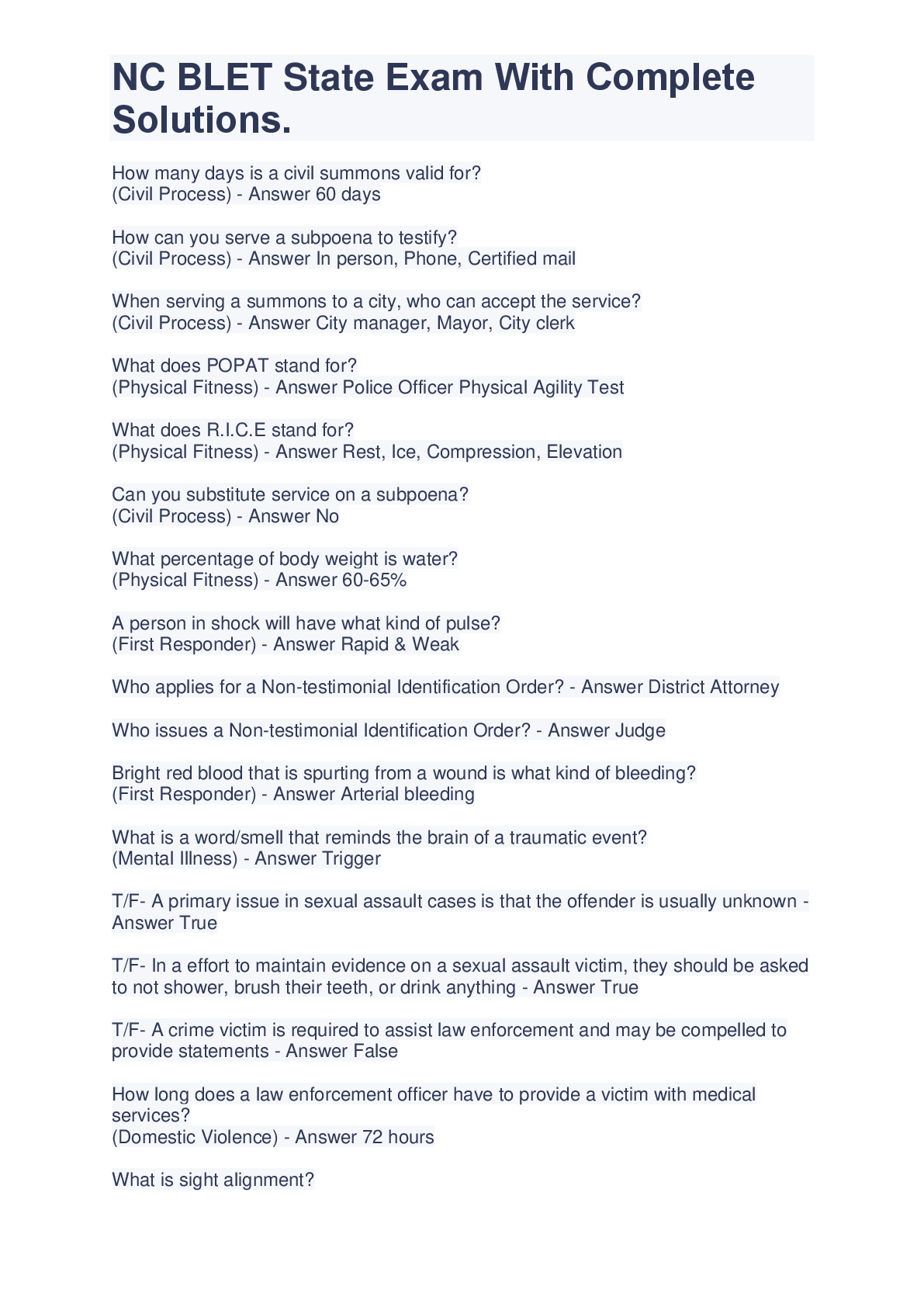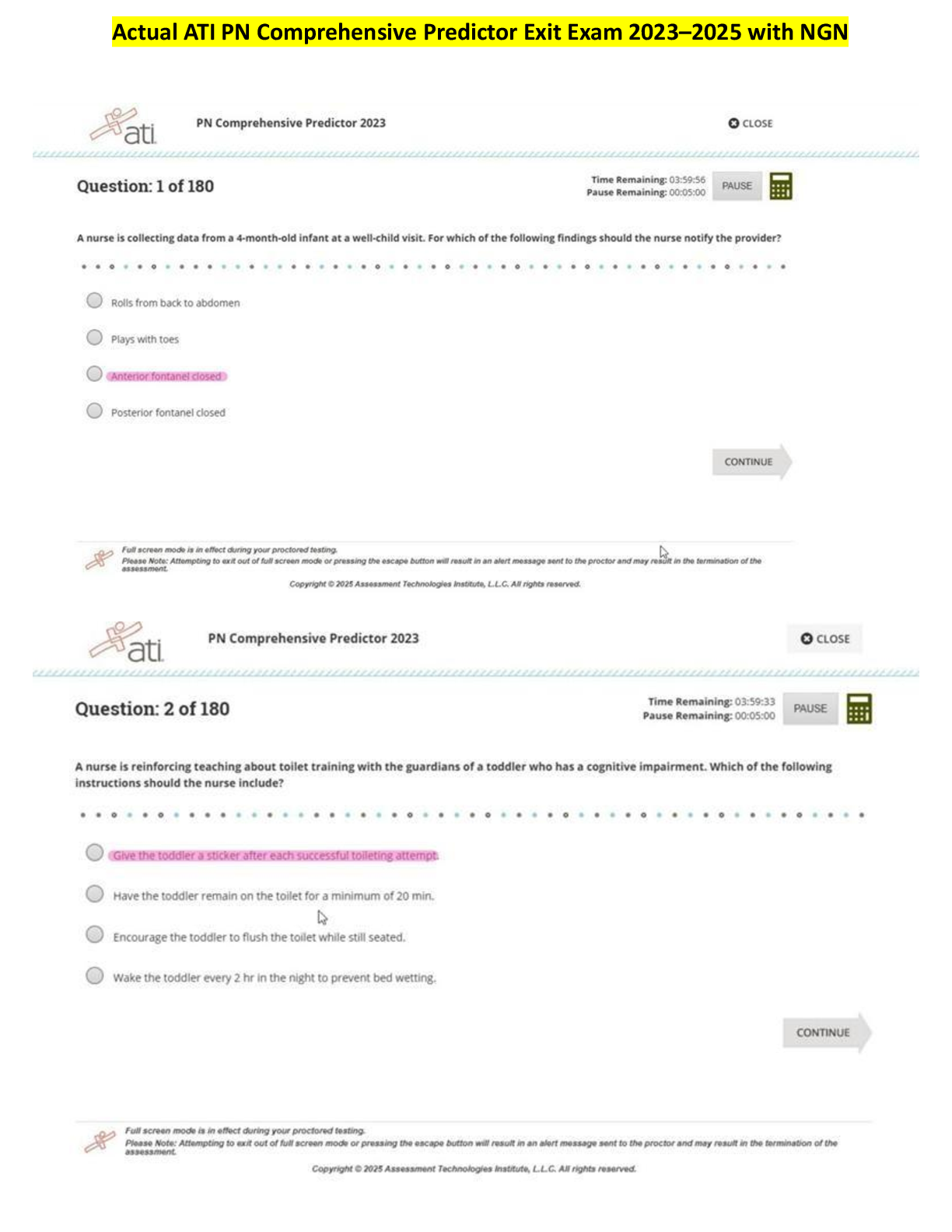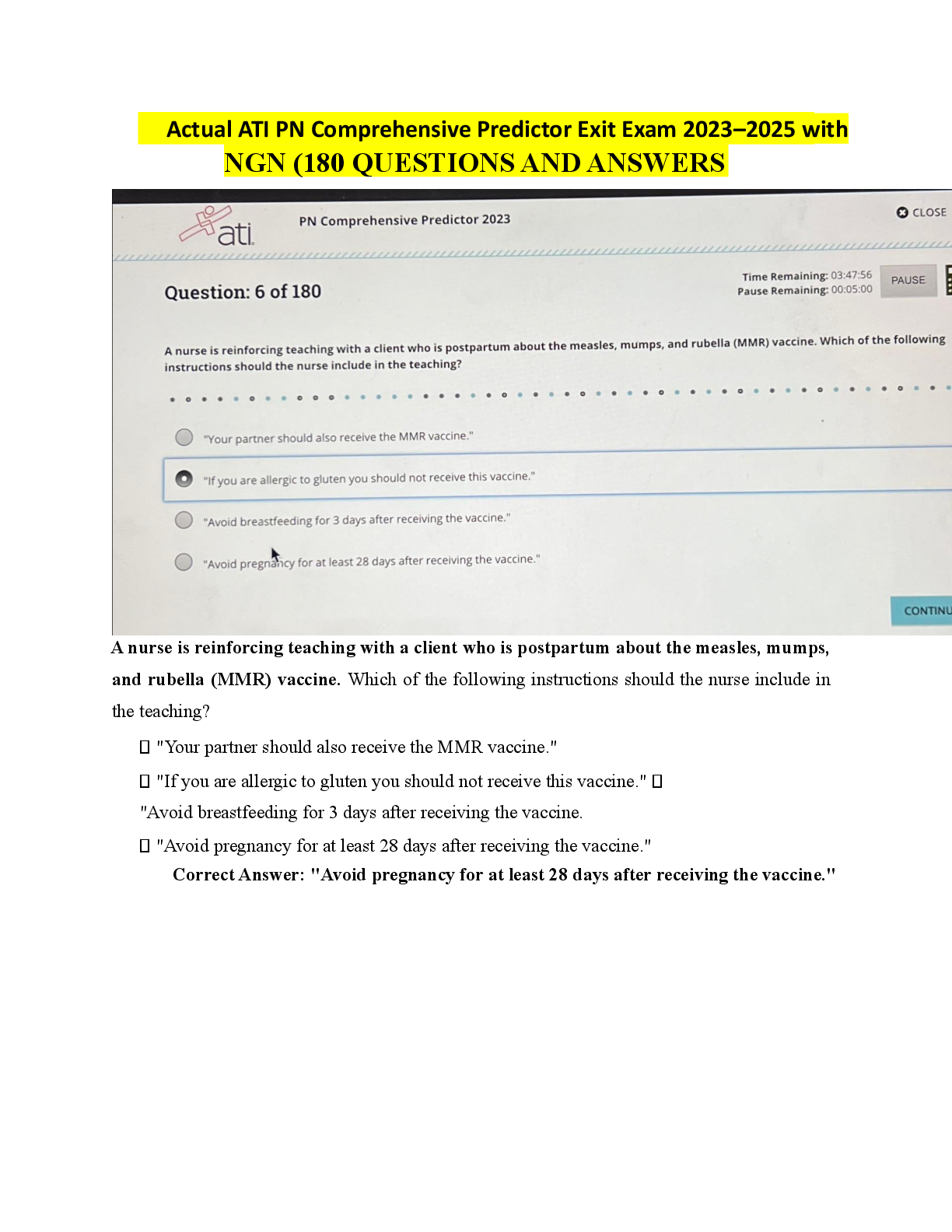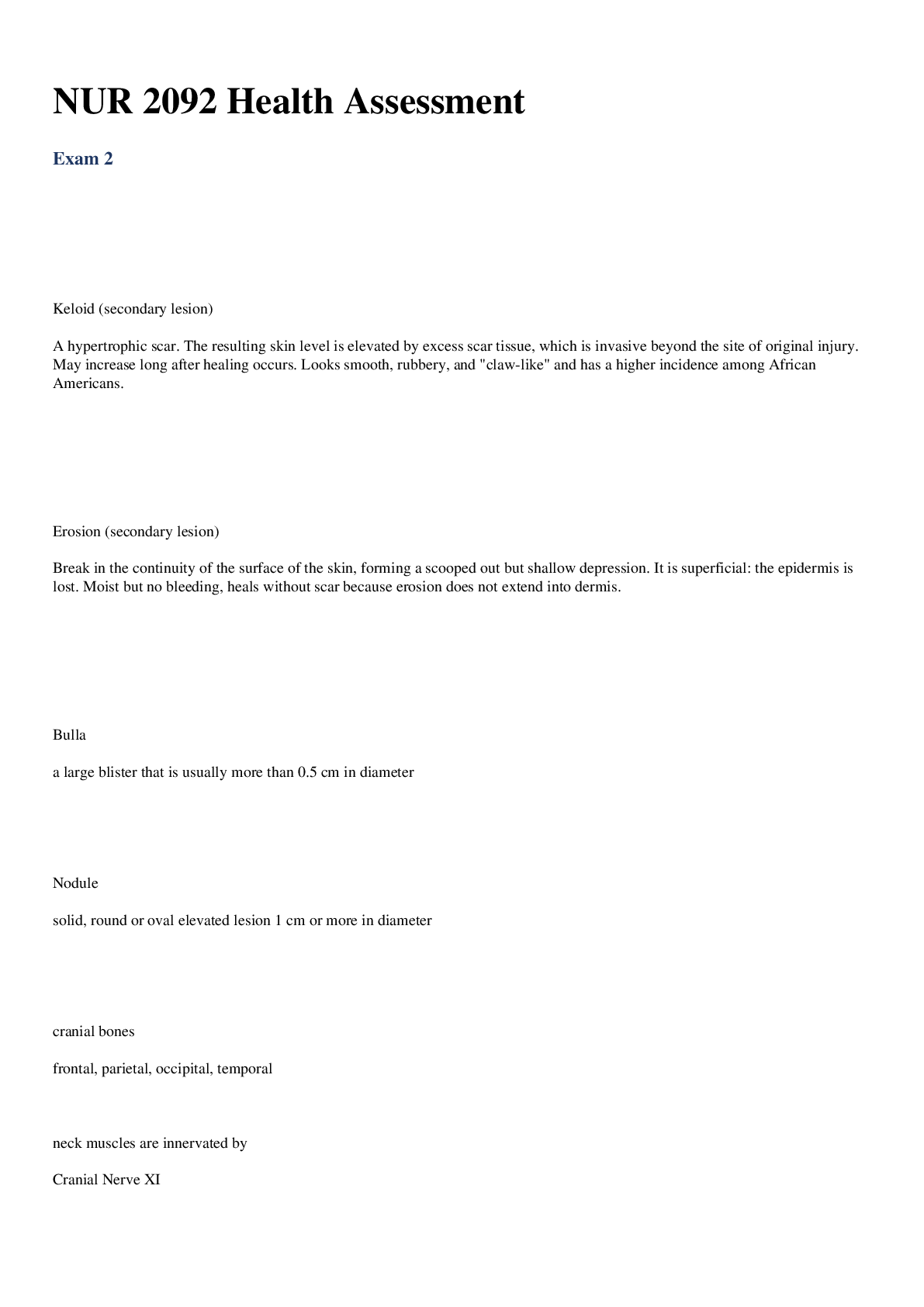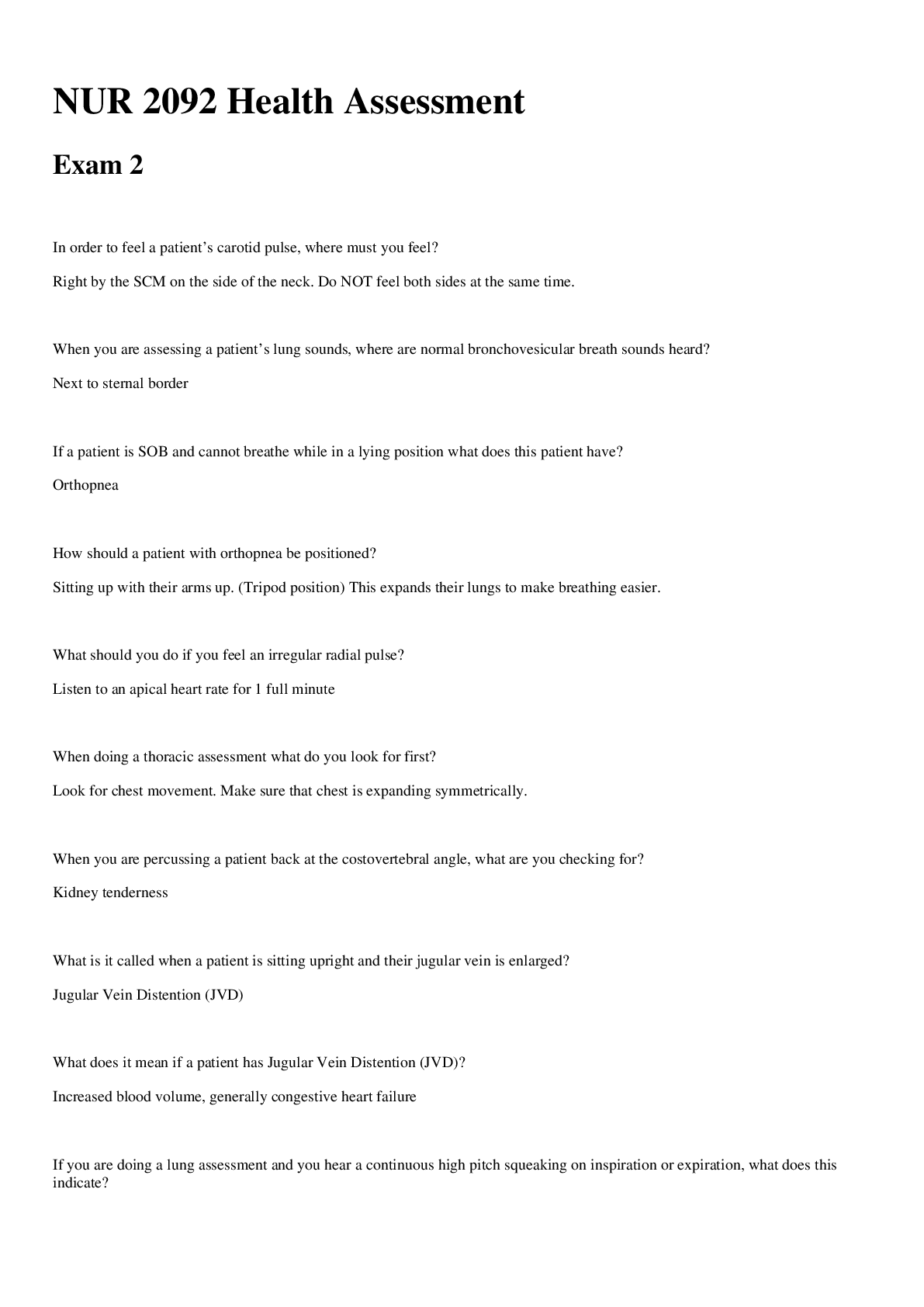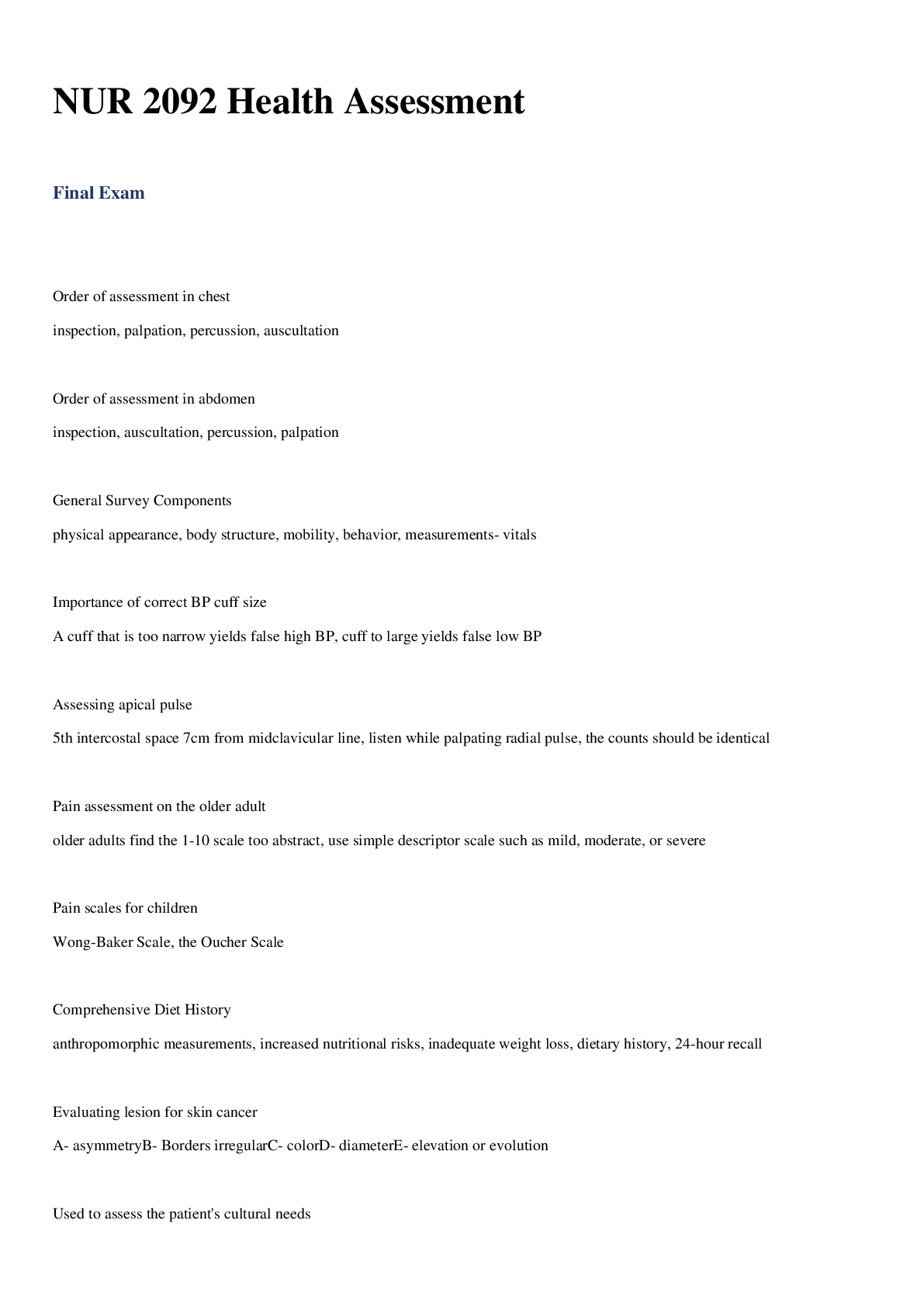Communication > EXAM > CMN136 Exam1 StudyGuide Real.docx (All)
CMN136 Exam1 StudyGuide Real.docx
Document Content and Description Below
1. Definition of organizational communication? An organization involves a social collectivity in which activates are coordinated in order to achieve both individual, collective goals. 2. What was s ... aid about organizations and communication? – Organizations exist in Communication; they do not exist outside of communication behaviors. In other words, we can think of ‘organizations as communication’ 3. What are the topics of communication? Production/Task – Instructions, rationales, Standards, feedback, indoctrination - How to do the job? Maintenance of Authority–Structural chain of command,decision,access resource - Who makes the decisions, these are the rules. Social and Relational – Developing friendships; of high concern to employee - Friendship. Innovation – creativity, change, problem-solving, small group- the movers and shakers -Creative, How can we make this better. 4. What are the various “directions” in which org. communication is directed? Formal Downward- Higher Authority to lower authority in hierarchy(Insufficient or information overload – difficult to judge and to manage) [ISSUES OF FORMAL DOWNWARD] Positive Feedback – Associated with commitment, motivation, increases in organizational citizenship. Negative Feedback – Associated with defensive feeling counter productive behaviors, and intentions to quit. Information distribution – Doesn’t always make it to the lower levels where most of the people are. Formal Upward – Lower Authority to higher authority [ISSUES OF FORMAL UPWARD] Lack of Receptivity – Managers are often not open to information Power differentials – Fear of repercussions for providing negative information Upward distortion – overly sugar-coated information. Doesn’t truly inform. Self-promotion or ingratiation – it’s important to be visible to managers, but excessive self-promotion is viewed negatively. Horizontal or lateral – Between peers or people of equal or nearby equal status in the hierarchy [ISSUES OF Lateral] Competition – Information is power and so some limit sharing what they know Specialization – often difficult to understand one another Territoriality – include physical resources or claiming responsibilities and functions Lack of incentive – without a tangible reason(other than social) many won’t bother. Informal – Casual, on-going; Most common channel of organizational communication.(Appx 70%) ; [Show More]
Last updated: 3 years ago
Preview 1 out of 10 pages

Buy this document to get the full access instantly
Instant Download Access after purchase
Buy NowInstant download
We Accept:

Reviews( 0 )
$10.00
Can't find what you want? Try our AI powered Search
Document information
Connected school, study & course
About the document
Uploaded On
Nov 08, 2022
Number of pages
10
Written in
All
Additional information
This document has been written for:
Uploaded
Nov 08, 2022
Downloads
0
Views
82

